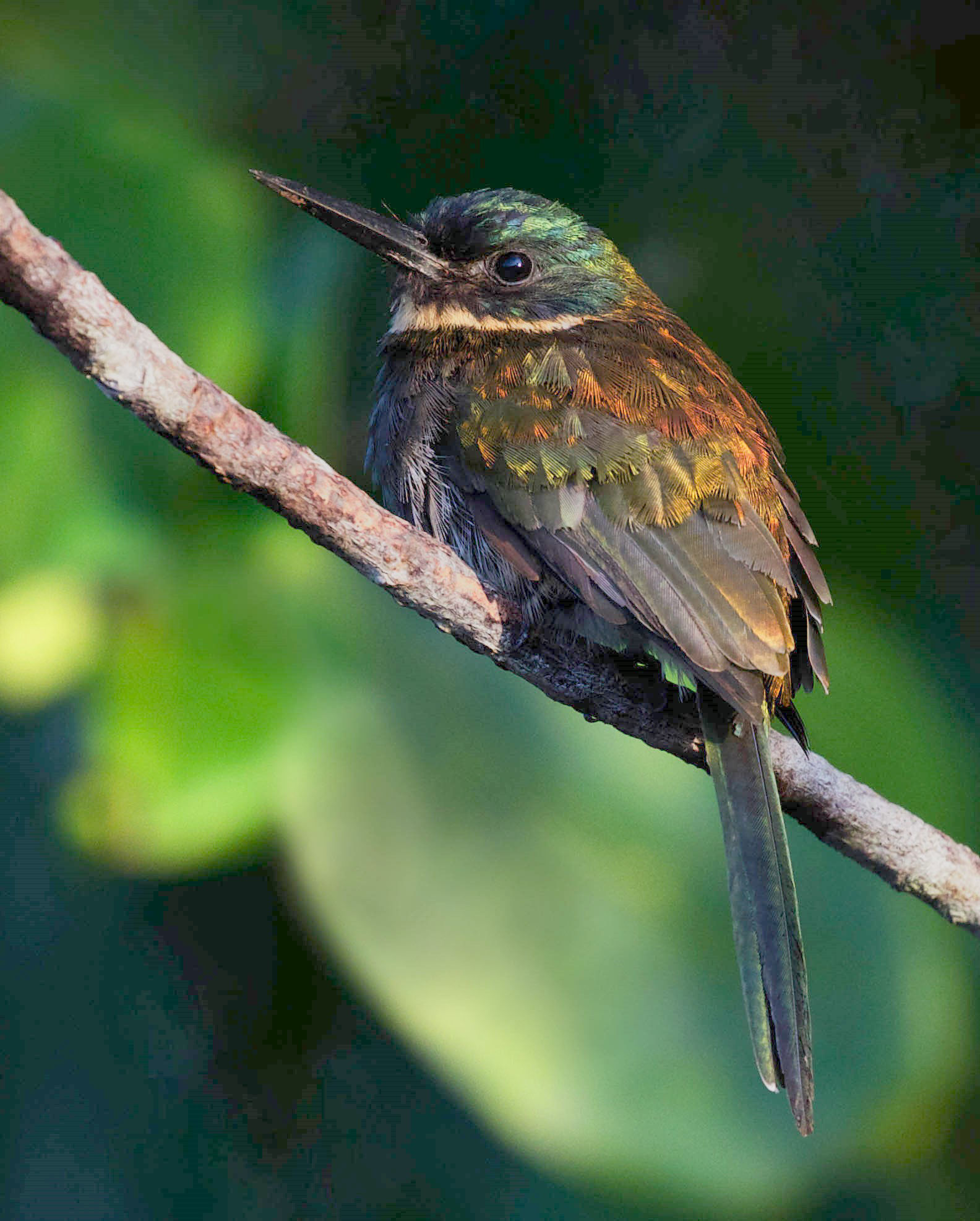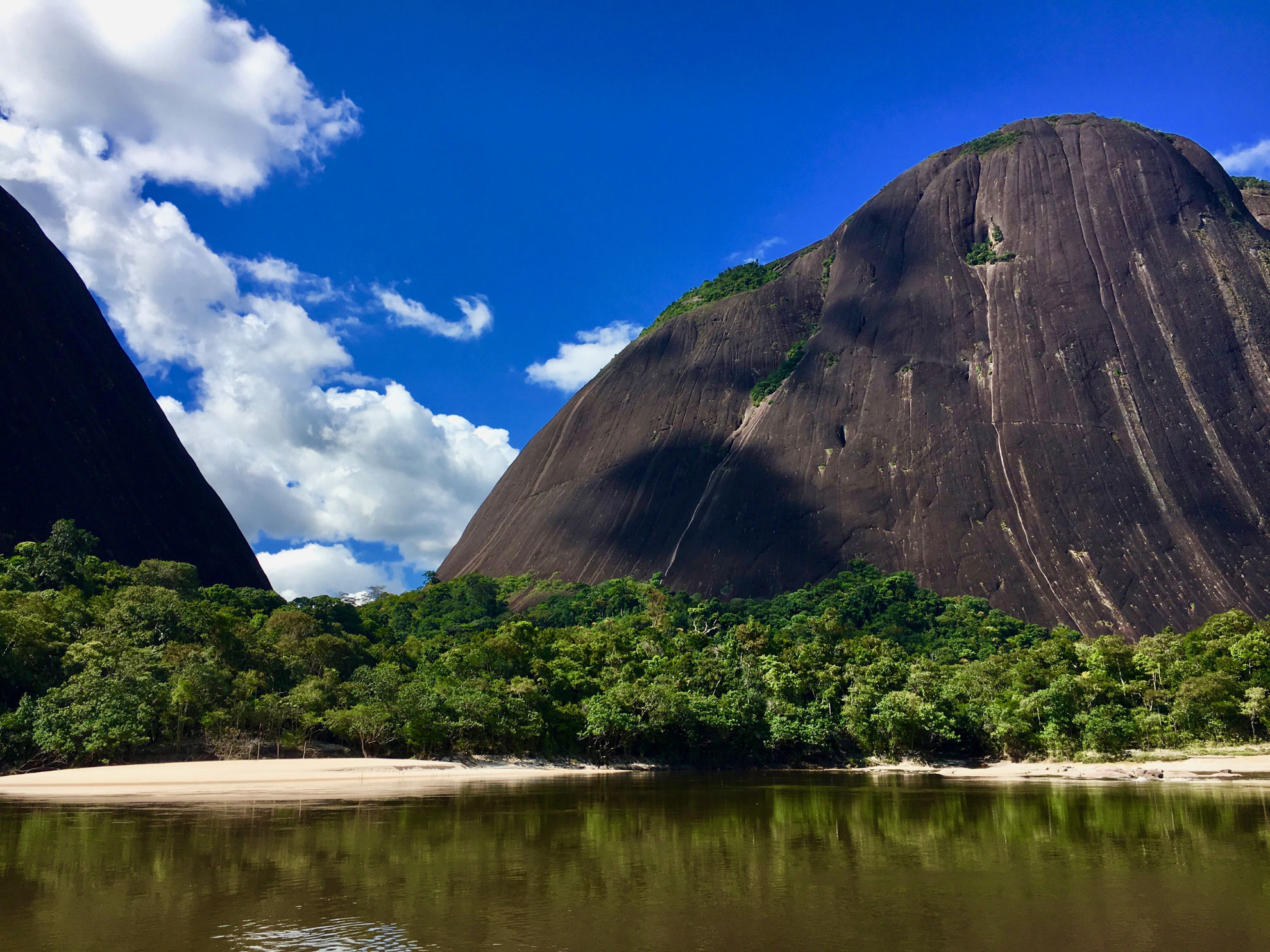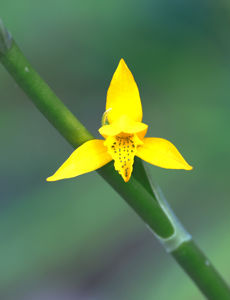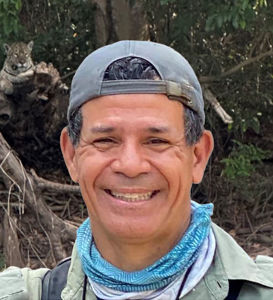Toll Free: 800.328.8368
Phone: 512.328.5221
Undiscovered Eastern Colombia

Bronzy Jacamar © David Ascanio
The Inírida region is one of Colombia’s birding gems—a region that provides an opportunity to search for many species that occur primarily in the white-sand soil belt of the ancient Guianan Shield. These sandy soils stretch from extreme eastern Colombia and southern Venezuela to Suriname. However, with few points of access, this fascinating region is almost unknown to birders. With a regional list of nearly 450 species, it hosts many species typical of the peculiar white sand soil forests and savannas and species from the llanos (grasslands) to the northwest and Amazonia to the south. Portions of the region have been designated an international RAMSAR site and include spectacular scenery and wild blackwater rivers.
The region around Puerto Inírida has recently been described as one of the top birding jewels in Colombia. That's saying a great deal when one considers the tremendous number of fabulous birding locations in Colombia.
That the Puerto Inírida area hasn't been visited by birders since Colombia opened to nature tourism is largely due to its isolation because it is far from Colombia’s population centers and areas most often visited by birders. However, with several flights each week from Bogotá, reaching this small city is relatively easy. Puerto Inírida is located in far northeastern Colombia, and more than half of the population in the region consists of indigenous groups. The town is situated on the banks of the Río Inírida and quite close to the larger Río Guaviare to the north and the Orinoco to the east. With a few nice hotels available, birders are beginning to include this unique region, which has a number of distinct, easily accessible habitats, in their travel destinations.
Much of this region, as is true also of adjacent Venezuela, is dominated by white sand soils, erosional remnants of a once vast and more elevated area that geologists call the Guianan Shield, which extends eastward across southern Venezuela to southern Suriname and northern Brazil. Because sandy soils are poor in nutrients, the mix of forest, savanna, and savanna scrub is quite unlike anything birders encounter southward in the Amazonian region. So also is the spectacular landscape dotted with large, mostly rounded and domed mountains scattered across the region. Some are nearly a thousand feet high, others much lower or little more than large rock outcrops. Amidst this fascinating mix of topography, birders will find seasonally flooded forest, swamps, lakes, and a range of shrub-dotted, sandy savanna, as well as forest islands growing on white sand soil, and large areas of humid lowland forest.
Most intriguing, perhaps, is the unique mix of birds that occur here, some with Amazonian origins and others of Guianan-Orinoquia ancestry that also are often confined to the white sandy soil habitats characteristically drained by blackwater rivers. It is birds of this Guianan origin, and particularly those associated with white sandy soil habitats, that will be of most interest to birders because many of these birds have restricted ranges that are remote from sites most often visited even by intrepid birders. A few examples of these species are the spectacular Bronzy Jacamar, Orinoco Piculet, Orinoco Softtail, Blackish-gray Antshrike, Yapacana Antbird, Capuchinbird, Yellow-crowned Manakin, Black Manakin, Azure-naped Jay, and White-naped Seedeater.
There will, of course, be many other species, some widespread, others less so. There also will surely be a few surprises in this region because there has been relatively little attention here from birders or the ornithological community. And, added to some exciting birding will be an exotic landscape of alluring, domed mountains, rocky outcrops, and blackwater rivers that seem as if they could have been drawn straight from Sir Conan Doyle’s fictional The Lost World.
This tour may be combined with "A Birding Adventure in the Llanos of Colombia: Reserva Casanare & Hato La Aurora."
Good but relatively simple air-conditioned accommodations and good food throughout; all birding based out of a single hotel, and all birding sites relatively close—some barely 15 minutes away by vehicle; birding will be on foot, on level trails and dirt tracks and with one to two half-day boat excursions and a full-day boat trip; walking will be relatively easy (no hills but some trails with treefalls), although temperatures will be hot by late morning and through midday; air-conditioned midday breaks for relaxation almost every day.

Cerros de Mavecure © Steve Hilty
Price: $5,295 in 2026
(Internal flights included)
Book This TourIf you don't want to book online, click here
Departure Dates
Route Map
Tour Leaders

Local
Leader
Field Reports
No Field Reports
Connecting Tours
Operations Manager

Penny
Saydah
Questions? Contact the Operations Manager or call 800.328.8368 or 512.328.5221



